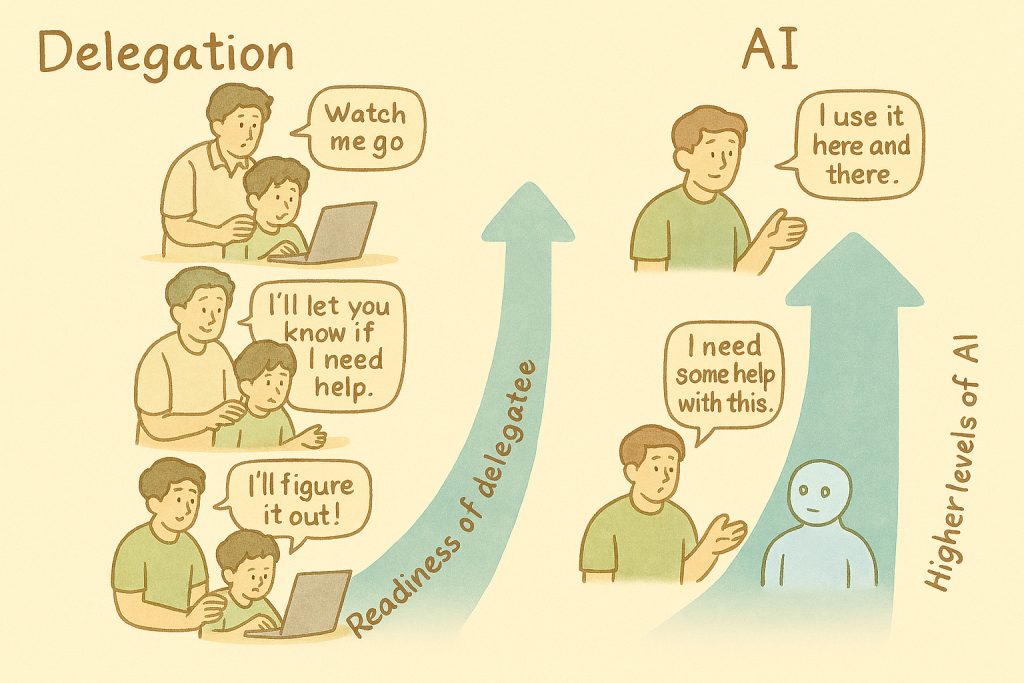Leaders have only two jobs:
1) Getting work done
2) Growing the people
Coaching as a leadership/management style achieves both.
With Command & Control approach, managers may get the work done in the short term, by force. But that might have negative impacts on the team in terms of :
– Lack of ownership
– Low motivation
– Poor quality output
– Low productivity
– Missed schedules etc.
Command & Control might also impact development of team members negatively. Teams might wait for manager to give instruction. They might hesitate to take initiative as it might get overruled by the manager. They might stop thinking new & innovative ideas as the manager will always tell them what to do.
On the other hand, with Coaching as the leadership style, managers will empower the team members to come out with new ideas, solutions and encourage them to implement them. They will help the team members to discover their strengths by asking questions & challenging them. This builds motivation and ownership in the team members.
Having said that, there are situations where Managers need to use command & control approaches. For example, in a fire fighting situation where extremely quick response in needed. There will be a need for different approaches for different team members – someone may need more directive input & constant oversight and someone may need a lot of freedom.
A good leader is one who has high self awareness, self-regulation, self-motivation and empathy through which he/she can sense and respond differently, in a conscious way, to different situations & different people.
However, to be a good Leader, coaching way of management style should be the most natural approach and command & control should be the exception.



